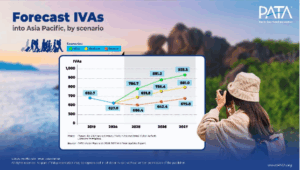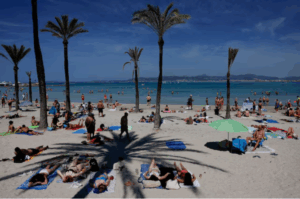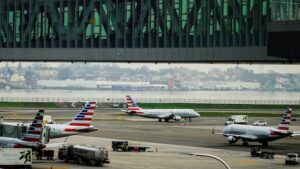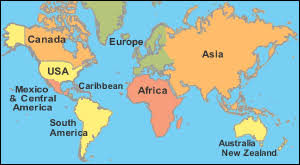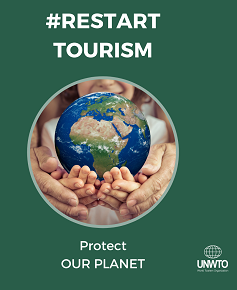International tourism demand exceeds expectations in 2013
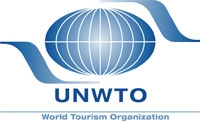
Madrid : International tourist arrivals grew by 5 per cent during the first half of 2013 compared to the same period of 2012, reaching almost 500 million, according to data just released by UNWTO.
Growth was above the projection made at the beginning of the year (+3% to +4%) and is also exceeding the trend of the UNWTO long-term outlook Tourism Towards 2030 (+3.8% a year).
Destinations around the world welcomed an estimated 494 million overnight visitors in the first six months of 2013, according to the Advance Edition of the UNWTO World Tourism Barometer released on the occasion of the UNWTO 20th General Assembly. This represents an increase of 5% or an additional 25 million international tourists compared to the same period of 2012. Growth was stronger in emerging economy destinations (+6%) than in advanced economies (+4%), a trend which has marked the sector for many years now.
“The fact that international tourism grew above expectations confirms that travelling is now part of consumer patterns for an increasing number of people in both emerging and advanced economies” said UNWTO Secretary-General, Taleb Rifai. “This underlines the need to rightly place tourism as one of the key pillars of socio-economic development, being a leading contributor to economic growth, exports and jobs.”
In a still uneven global economic environment, results were positive in all regions and subregions, though the overall picture was mixed. Europe (+5%) performed surprisingly stronger than expected, driven by Central and Eastern Europe (+10%) and Southern and Mediterranean Europe (+6%). Asia and the Pacific (+6%) also exceeded expectations, boosted by South-East Asia (+12%) and South Asia (+7%). On the other hand, results were weaker than anticipated in the Americas (+2%), as South America and the Caribbean lagged behind.
The first semester normally accounts for some 45% of the total arrivals count of the year (the Northern hemisphere high season months of July and August fall into the second semester). Growth is expected to continue in the second half of 2013 but at a gradually slower pace. UNWTO forecasts 2013 to end at 4% or slightly above, thus exceeding the initial estimate for the year.
Asia and the Pacific and Europe lead
Asia and the Pacific (+6%) saw robust growth boosted by the increase in arrivals to South-East Asia (+12%), a subregion which is maintaining the extraordinary momentum of recent years, and South Asia (+7%).
In Europe, international tourist arrivals were up 5% despite the lingering economic difficulties. Growth was led by Central and Eastern Europe (+10%) and Southern and Mediterranean Europe (+6%).
The Americas (+2%) reported a rather weaker first half of 2013 compared to the strong growth of previous years. Central America (+4%) performed above the region’s average, while arrival numbers were flat in the Caribbean and in South America.
In Africa (+4%), the growth of recent years was sustained during the first half of 2013 due to the continued recovery of North Africa (+4%) and the positive results of Sub-Saharan destinations (+4%).
The Middle East rebounded after two years of negative growth with an estimated increase in international arrivals of 13%. Yet, results should be taken with caution as growth is rather uneven across destinations and this assessment is based on still limited available data and reflects data up to June only.
Tourism expenditure growth driven by emerging economies
Emerging economy outbound markets continue to drive growth both to emerging and advanced economy destinations.
According to UNWTO , China (+31%) and Russia (+22%) led the growth in expenditure on travel abroad among the top ten most important source markets in the world during the first half of 2013. Outside the top ten, Brazil is back with a 15% increase after a more moderate 2012.
Expenditure from traditional markets, on the other hand, was more modest. Canada (+3%) and France (+2%) led the group, followed by the flat results of the United States, Germany and the United Kingdom, and negative figures from Japan, Australia and Italy.


